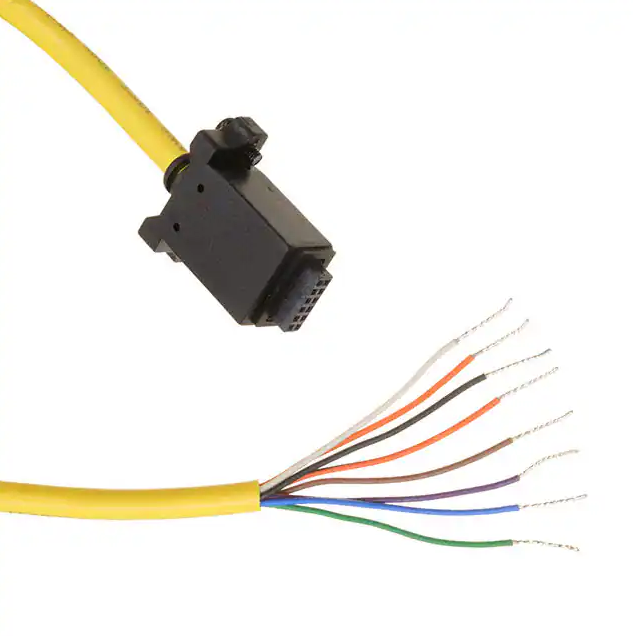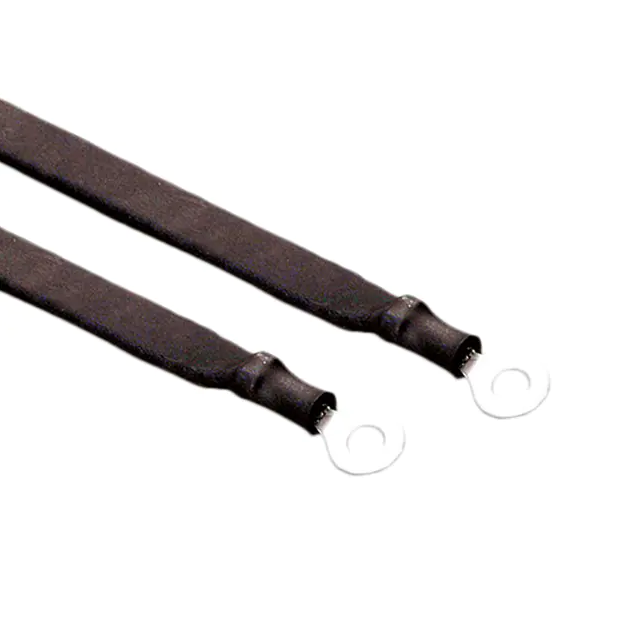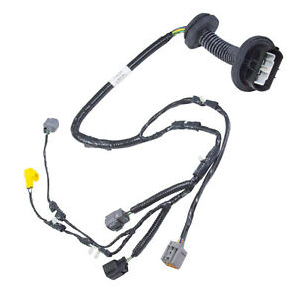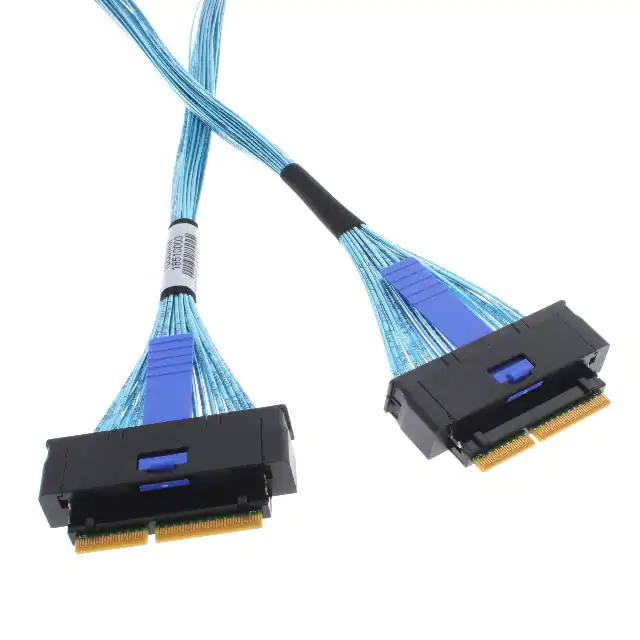الاستمرار في التقدم والسعي إلى النزاهة واحتضان المستقبل
مقالات
Signal cables mainly refer to the cables used to transmit sensing information and control information in electrical control circuits. Signal cables are often composed of multiple cables into one or more bundles of transmission cables, or they can be printed cables arranged in printed circuit boards. With the continuous advancement of technology and applications, signal cables have been developed from metal carriers to other Carriers, such as fiber optic cables, etc. Signal cables for different purposes often have different industry standards to facilitate standardized production and application.
Power cords are wires that carry electrical current. Usually the way of current transmission is point-to-point transmission. Power cords can be divided into AC power cords and DC power cords according to their uses. Usually, AC power cords are wires that pass through high-voltage alternating current. Due to the high voltage, such wires need a unified standard to obtain safety certification before they can be officially produced. The DC cable basically passes direct current with a lower voltage, so the safety requirements are not as strict as the AC cable, but for safety reasons, countries still require unified safety certification.
The communication cable consists of a plurality of wires or conductors insulated from each other to form a cable core, and has a communication cable with a sealing sheath on the outside. Some are also equipped with an outer sheath outside the sheath. There are various laying methods such as overhead, direct burial, pipecable and underwater. According to the structure, it is divided into symmetrical, coaxial and integrated cables; according to functions, it is divided into field and permanent cables (underground and submarine cables). The communication cable has a wider transmission frequency band, a larger communication capacity, and less external interference, but it is not easy to repair. It can transmit telephone calls, telegrams, data and images, etc.
Types of signal cables:
1. Strong signal cable: refers to the connection cable between the speaker and the power amplifier. This type of cable often does not have a shielding layer. For this kind of wire, the key is to reduce its resistance. Because the output resistance of modern power amplifiers is very low, so the speaker cable The requirements also increase accordingly, such as the selection of large cross-sectional area or multi-stranded stranded wire. The wire material ranges from pure copper to silver wire. The more expensive kind of speaker wire is the oxygen-free copper speaker wire. few. Since the transmission cable has different impedances for different frequency signals, this characteristic is manifested as blurred sound in the restoration of the sound. For this reason, people have produced a high-end speaker connection cable called a smart signal cable. The characteristics of this cable The signal is divided into two channels according to the frequency. The outer layer of a certain thickness passes the signal above 5KHZ, and the signal below 5KHZ is transmitted through the inner layer of the cable, which greatly improves the frequency characteristics of the transmission cable. The sound is clear and transparent. However, if your power amplifier output power is small or the speaker cable is short, don't spend money on this expensive wire. In this case, the effect is not outstanding.
2. Weak signal cable: refers to the connection between the microphone and the preamplifier, usually a shielded cable.
3. Standard level signal cable: refers to the connection cable between the audio source and the power amplifier. Its transmission level is about 1V, and it is also a shielded transmission cable. This kind of wire is the most widely used in the audio industry. What is interesting is that wires made of different insulating media and metal materials have subtle effects on sound quality. Music appreciation levels have different requirements. The high-grade finished wire is made of nylon braided sleeve coated with anti-static layer as the outer layer, cabled with metal shielding sleeve and then made of oxygen-free pure copper as the core wire, and then equipped with gold-plated plugs to prevent noise caused by poor contact of the plugs.
سؤال
أحدث المدونات
سؤال
منتجات ذات صله
 اتجاه تطوير تسخير الأسلاكيتمتع RCD بأكثر من عشر سنوات من الخبرة في تجميع الكابلات والموصلات اللازمة لمعدات البيئة القاسية الخارجية.
اتجاه تطوير تسخير الأسلاكيتمتع RCD بأكثر من عشر سنوات من الخبرة في تجميع الكابلات والموصلات اللازمة لمعدات البيئة القاسية الخارجية. Influencing factors and reducing methods of cable wire resistanceRCD has over a decade of experience in the assembly of cables and connectors required for outdoor harsh environment equipment.
Influencing factors and reducing methods of cable wire resistanceRCD has over a decade of experience in the assembly of cables and connectors required for outdoor harsh environment equipment. يوفر RCD دعم الكابلات للمعدات المصنعة في بيئات قاسيةيتمتع RCD بأكثر من عشر سنوات من الخبرة في تجميع الكابلات والموصلات المطلوبة لمعدات البيئة القاسية في الهواء الطلق.
يوفر RCD دعم الكابلات للمعدات المصنعة في بيئات قاسيةيتمتع RCD بأكثر من عشر سنوات من الخبرة في تجميع الكابلات والموصلات المطلوبة لمعدات البيئة القاسية في الهواء الطلق.




